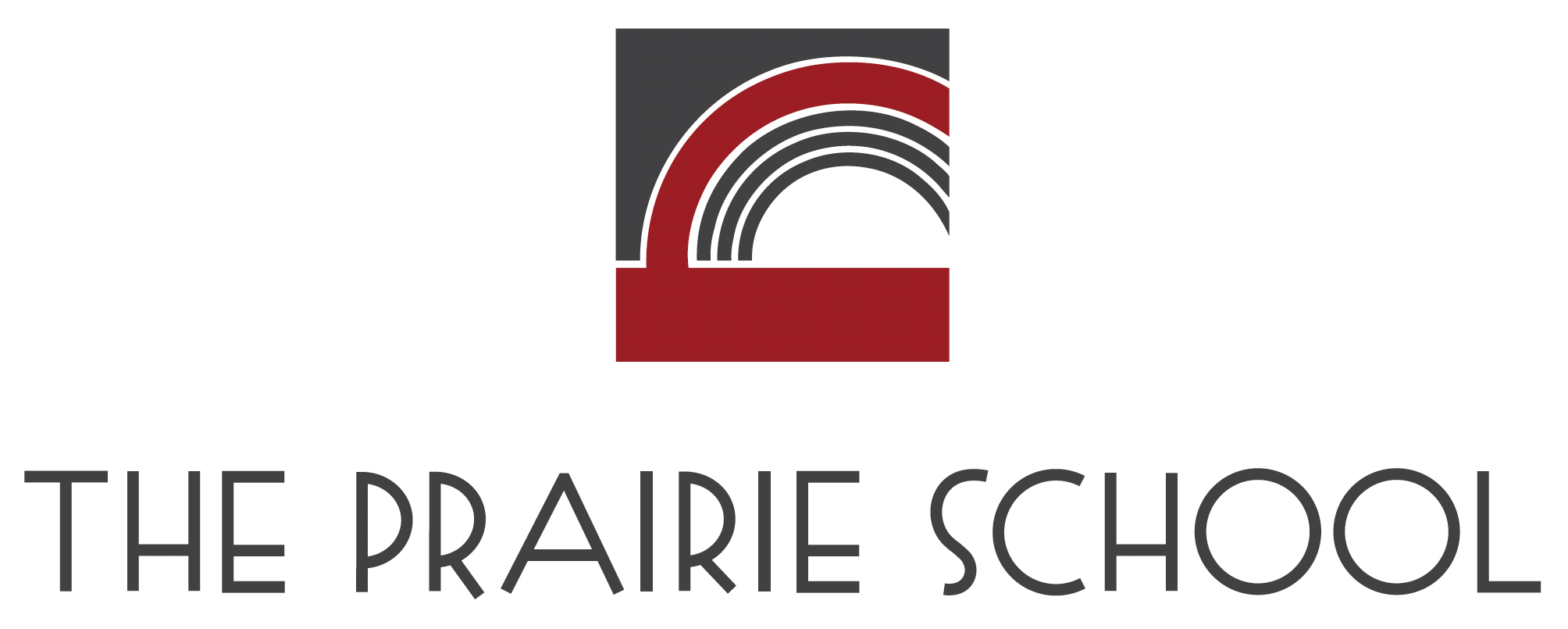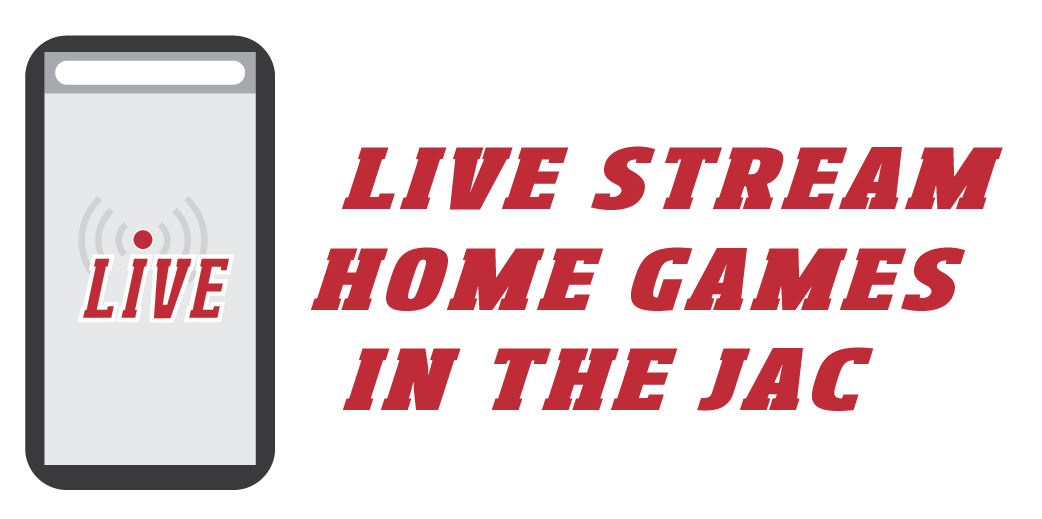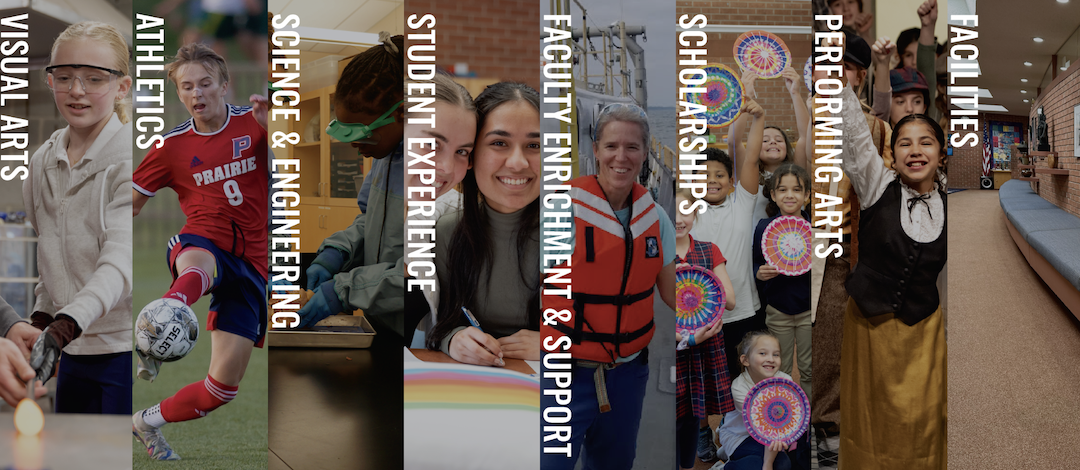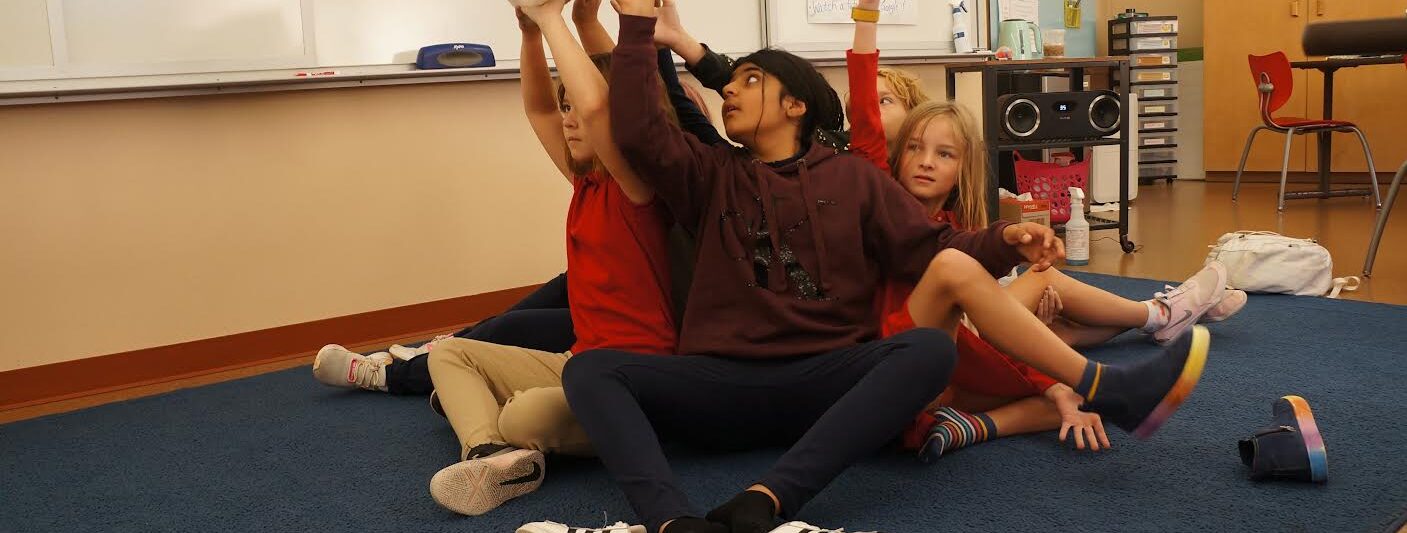K-8 students at Prairie are learning the ins and outs of friendship.
Disagreements. Arguments. Hurt feelings.
When it comes to kids, emotions can run high when they’re interacting with one another. However, what if there was a way to mitigate hurt feelings and maximize kindness? What if schools taught Friendship the same way they teach Math, Science, and Writing?
At Prairie, that’s exactly what’s happening for students in Kindergarten through 8th Grade.
For the past two years, TPS students in K-8 have participated in Friendzy, a Social and Emotional (SEL) based friendship program focused on five core competencies: self-awareness, self-management, responsible decision-making, social awareness, and relationship skills.
“It’s a comprehensive, evidence-based social emotional character development learning program designed to improve a school’s culture,” says Kathy Boero, Head of Middle School. “Interactive lessons are designed to teach life skills, reduce stress, build healthy relationships, improve focus, and academic performance.”
In Middle School, students work toward those goals with the help of an assessment tool. “The tool has a scale from 1-10 so students can watch how their numbers change not only over the course of a year, but over the course of Middle School,” Boero says.
In Primary School, younger students explore their feelings through activities, journaling, and doodles, as well as a feeling check each morning. If something is wrong, the classroom teacher will check back in later that day.
Repetition – whether the use of themes, catch phrases, journals, or discussion – has been key to Friendzy’s successful launch at TPS. It’s this kind of carefully constructed groundwork that sets the stage for the continued lessons and character formation in Middle School. And the PS kids love it.
“This is scheduled time for character education and development,” says Susan Holum, Head of Primary School. “Themes and catch phrases – things like ‘Better Together’ or ‘I get to be me, you get to be you’ – are introduced by an individual class through skits and posters. And the kids are excited for these lessons. They find meaning and joy in using these phrases.”

















